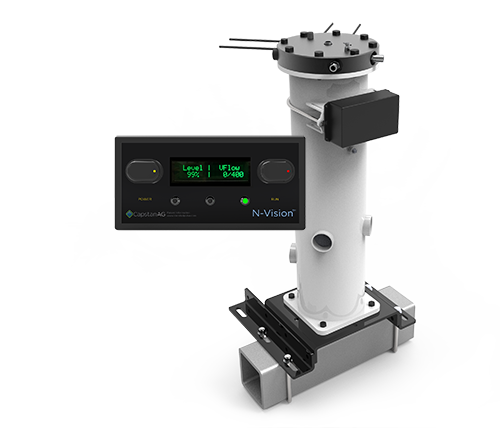



Food systems refer to a complex set of activities and institutions that link food production to food consumption. Organic and other “natural” farming systems fall under this category, relying on many common practices such as crop rotations, biological pest control, manures and avoiding all or most synthetic fertilizers and pest controls. Ecologically based farming systems emphasize the use of ecological pest management, nutrient cycling, and natural and renewable resources to enhance soil health and protect water quality. Synthetic fertilizers, sewage sludge, irradiation and genetic engineering may not be used. Organic agriculture is both an ecological production management system and a labeling term that indicates that the food or other agricultural product has been produced using approved methods that integrate cultural, biological and mechanical practices that foster cycling of resources, promote ecological balance and conserve biodiversity. These systems use the crop and livestock enterprises to efficiently recycle nutrients, promote crop rotations and insulate livestock farmers from price fluctuations in feed and input markets. Integrated crop–livestock farming systems generate a significant fraction of animal feed on cropland and pastures owned or managed by the livestock farmer. A common example in dairy farming is the use of intensive rotational grazing practices in which short-duration, intensive grazing episodes are followed by long rest periods that allow pastures or fields to recover. Alternative livestock production systems use lower-confinement housing and rely more on pastures than do conventional and industrial livestock farms. For example, integrated farmers build their soils with composts and green manure crops but also use some synthetic fertilizers in addition to biological, cultural and mechanical pest control practices. Integrated farming systems combine methods of conventional and organic production systems in an attempt to balance environmental quality and economic profit. Many reduced- or low-input farming systems are examples of integrated farming systems. These systems also tighten nutrient and energy cycles and use internal resources such as biological pest controls, solar or wind energy, biologically fixed nitrogen, and other nutrients from green manures, organic matter or soil reserves. Reduced- or low-input farming systems minimize the use of off-farm resources such as commercially purchased chemicals and fuels. Conservation farming typically involves the integrated use of minimal tillage, cover crops and crop rotations. Conservation agriculture systems employ resource-conserving methods but are also considered high-output agricultural systems. Definitions of some major types of farming systems in common use by agricultural researchers, policymakers and farmers follow. For example, a farming system is defined as “the manner in which a particular set of farm resources is assembled within its environment…for the production of primary agricultural products…a unique and reasonably stable arrangement of farming enterprises that a household manages according to well-defined practices in response to the physical, biological, and socioeconomic environment and resources.” (IRRI, 2012). Over time and throughout the literature, agricultural systems have generally been defined by philosophy or management practices. Rather, they should pick and choose from each to best develop or delineate their own systems.īox 1.1: Nomenclature for Agricultural Systems When appropriate, case studies or examples that fit into the categories in Box 1.1 will be identified, but agricultural systems researchers should not feel bound by these definitions when conceptualizing their own systems for research and educational purposes. For the purposes of this handbook, we will use the term agricultural system to refer broadly to any system that produces livestock and crops (food, feed, fiber and/or energy), including the social, political and economic components of that system. In addition to these terms, which focus on unique sets of practices, management techniques, and sometimes philosophies, other definitions (e.g., a corn–soybean system, a vegetable or hog production system) focus on the commodity being produced. Many of these common terms are outlined in Box 1.1 (p. Over the years, researchers and farmers alike have used a variety of terms, such as farming system, cropping system, organic, ecological, to identify agricultural systems based on particular characteristics or definitions. Agricultural systems can be described in many ways.


 0 kommentar(er)
0 kommentar(er)
